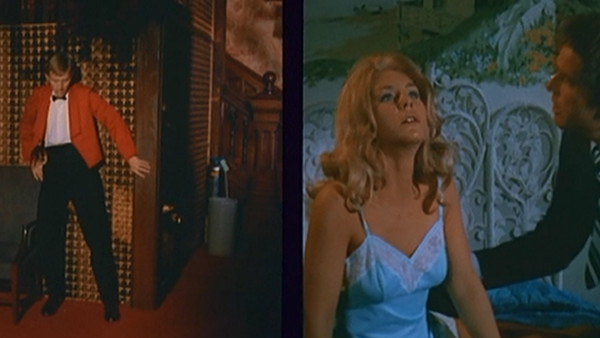10 Movies That Tried To Change Cinema Forever (And Failed)
4. Wicked, Wicked Was Presented Entirely In Split-Screen

1973 horror-thriller Wicked, Wicked was marketed as being presented in "Duo-Vision," whereby audiences are presented with two side-by-side images of scenes, providing alternate, duelling perspectives for almost the entire movie - a fancy term for split-screen, basically.
Initially MGM wanted to project the two images separately onto a single cinema screen, but appreciating the high costs and labour involved, ultimately decided to squeeze the images onto a single piece of film.
Nevertheless, it was presented at a unique 2.65:1 ratio with surround sound corresponding to each side of the frame.
As neat an idea as it was, neither the film nor the gimmick resonated much with audiences or critics, and director Richard L. Bare consequently abandoned plans to shoot another film in the format.
Since then, split-screen has typically been reserved for only isolated scenes in movies, most notably in the works of Brian De Palma.
One can't help but wonder whether or not the format could one day be resurrected on streaming services, where viewers could potentially swap between two or more video feeds, but for theatrical presentation, its prospects are long dead.